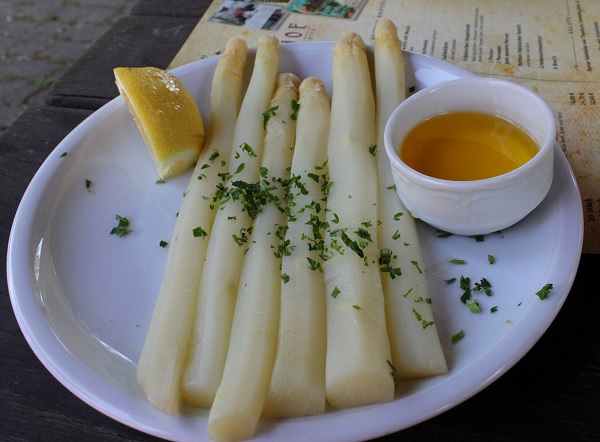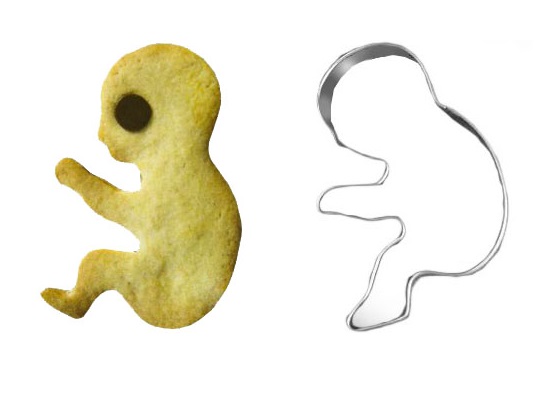German cuisine is one of the most underrated in Europe as everyone assumes the recipe is all about meat and potatoes. Germans have some of the best dishes in Europe though with recipes that haven’t changed in centuries. Just like German cars, the food is never served until it has been cooked to perfection. Most dishes in German comprise of potatoes, rice, cabbage, root vegetables and of course pork. Eggs and beef are also popular proteins in the country but the two don’t come anywhere close to pork. To enjoy German food, you have to come to terms with the term wurst (sausage) because you will never have enough of it. Away from the polished restaurant menus, the real hearty meals of German cuisine are served at home and in the street corners and these are the most unique of them all.
Spargel
Green asparagus is a treat known to most parts of the world but in Germany, they prefer it white. There is a whole national holiday for this dish running between April and June when they are in abundance. The harvesting season coincides with the Christian celebration of the nativity of John the Baptist and Spargelzeit as it is known is the meal of the season. White asparagus is achieved by growing the vegetable under the earth, unlike its green counterpart which grows above the ground. The asparagus is served simmered alongside slices of cured ham and of course potatoes.
Schwarzsauer (Blood Soup)
This dish originated from the northern parts of Germany and was prepared during the pig slaughter season when there was blood in plenty. The food is made by cooking the pig’s blood alongside the pork. The blood is then mixed with root vegetables but the final appearance is black and it all seems like a thick serving of blood which can be stomach-churning for some. The best versions come spiced with pepper and bay leaf to give it a taste. Potatoes and dumplings are served alongside the soup although you won’t find it on most restaurant menus.
Hofer Schwaaß
This is another traditional German dish that some foreigners will find off putting. The old generation Germans love it especially during the pig slaughter season when blood is in abundance. The blood is mixed with bacon, white bread and root vegetables including onions. The resulting food may then be stuffed into the gut of the same pig to form a sausage which spreads easily.
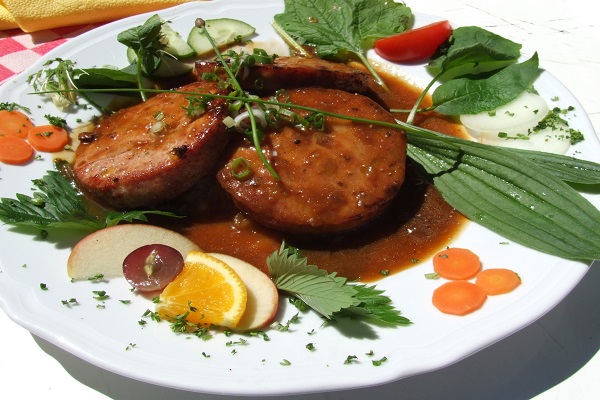
Saumagen
This is the German version of haggis except in this case, a pig’s stomach is used instead of a sheep’s stomach. Saumagen originated from the Palatinate in the 18th century and it is believed to have been the solution to putting leftover food to use. The dish includes pork mixed with vegetables, onions, pepper, nutmeg and sometimes carrots cooked and then stuffed into the pig’s stomach before being cooked again. The resulting sausage is well filled and delicious when served with potatoes and sauerkraut.
Labskaus
This is another traditional dish from the region of Hamburg that some foreigners may find hard to stomach because of the Red/pink colour and taste of pickles and pickle water. It was previously served to sailors because the ingredients for it can be preserved over a long period and the mashed potatoes, beets, ham and pickles could be easily mashed for the sailors most of whom had lost teeth due to scurvy. The basics are corned beef mashed into potatoes and pickled beetroot. The meal is served with a herring and a fried egg as well as gherkins. You will find it in most restaurants in Bremen, Hamburg and the region in between.
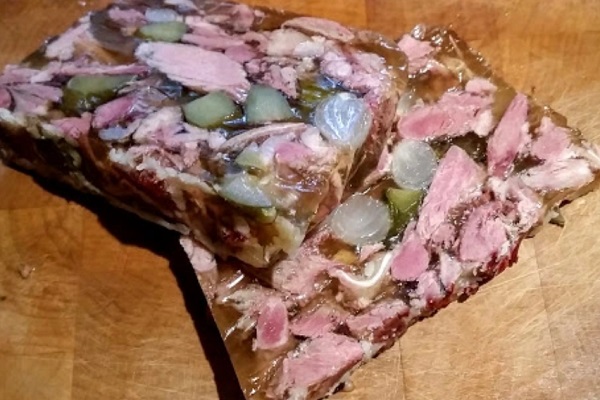
Sülze
The direct translation is head cheese but there is no cheese in this dish. This jelly-like meaty dish is made from the meat obtained from the head of an animal often a pig, calf or lamb. Like other German foods, it is cooked seasoned in pepper and other German spices and served alongside potatoes. You may not realize that it is head meat at all because when cold cut, it compacts perfectly onto a tasty meat bread.
Hackepeter/Mett
This is one of the favourite German foods that even the European Union doesn’t agree with because of the health concerns involved. The dish is made of minced raw pork meat often sprinkled over bread rolls. The most popular German birthday dish is a birthday-shaped serving of Mett often complete with eyes and spikey furs made with fruit, cabbage, cream and bread.
Lebewurst
This is another breakfast dish found in almost every region in Germany and of course the rest of Europe ad even the Americas. It is made from the liver of any animal available which is why it is considered the most delicious sausage by many. There is a lebewurst recipe in every region but the basics are liver meat mixed with animal fat and a filler such as wheat flour seasoned in spices and cooked.
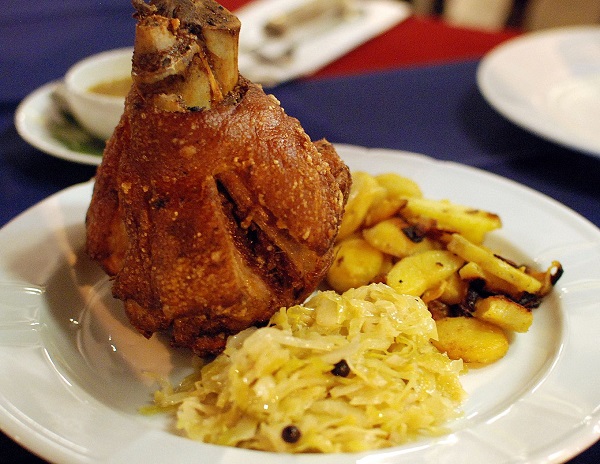
Schweinsshaxe
There are many parts of a pig you may find off-putting and while the feet are on that list, the knuckles are way tastier. The meat is made using the lower part of a pug’s leg derived from just above the ankles and served on the bone. The meat is roasted and marinated for hours to soften before being fried. It appears like a huge chunk of meat on presentation but you have to navigate the bones so it won’t be too much to handle. It is also served with potatoes and vegetables on the side.
Soleier
German pickling is considered one of the best in the world and almost everything can be picked including eggs. While soleier can be found anywhere is Europe, you haven’t had the best of it until you go to Germany. The eggs are pickled in brine made of 5% vinegar and flavoured with onions and other spices. They are boiled before pickling and tend to pick up the taste of the onions and spices they are pickled in so you don’t have to worry about a strong taste.
